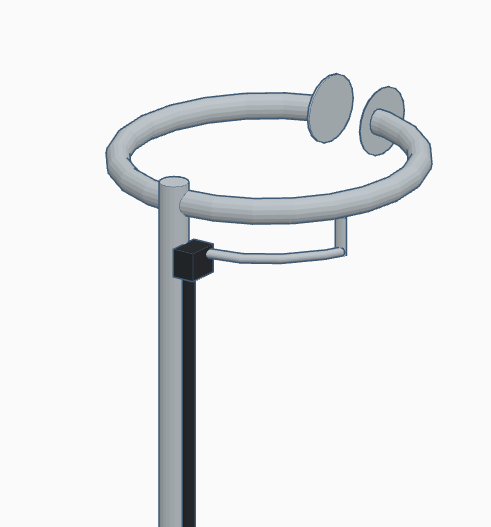Follow along with the video below to see how to install our site as a web app on your home screen.
Note: This feature may not be available in some browsers.
omnidirectional and gain are two words when used together usually refer to a vertical antenna such a colinear or 5/8 wave. for horizontal and nearly omnidirectional you could try a turnstile antenna. stacked turnstile antennas would provide gain.Any others with decent gain ? Say +6 dBd ? ~600MHz would work...

You could stack a few halos and combine them with a phasing harness??

Halo antenna - Wikipedia
en.wikipedia.org
Not exactly a brilliant approach, but a horizontally polarised omni is not that common.
